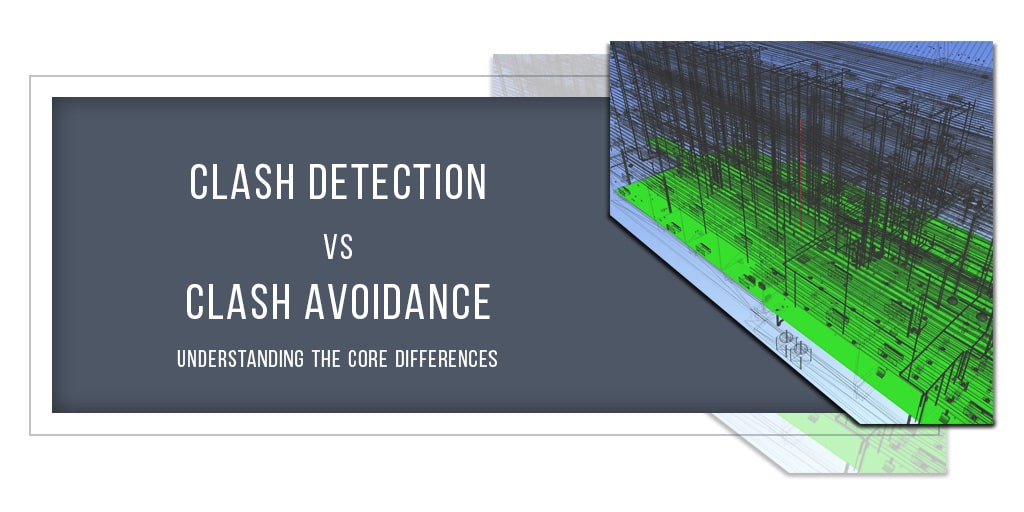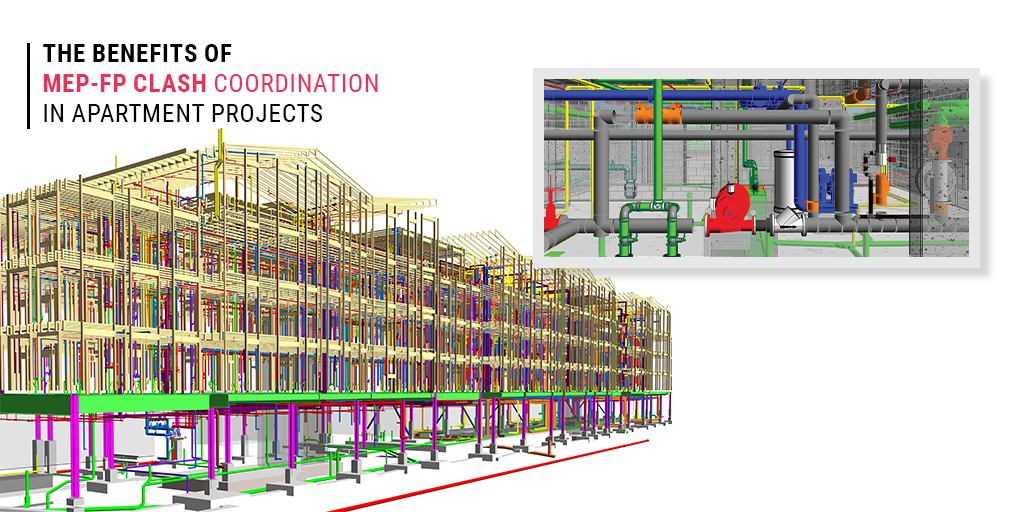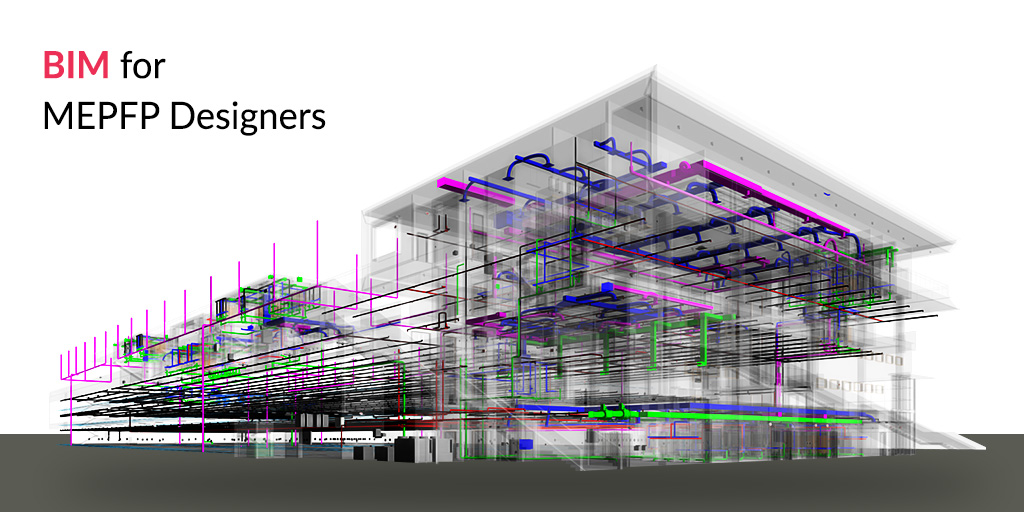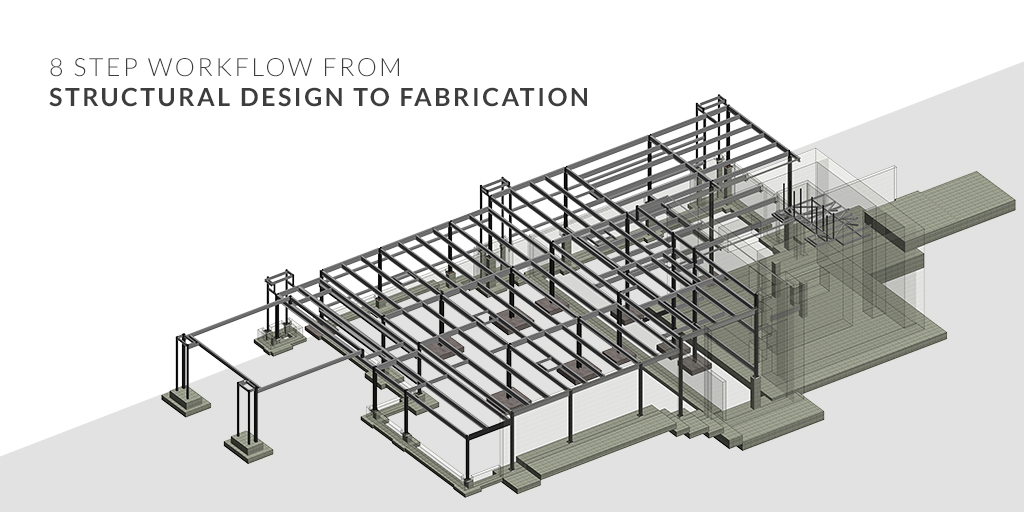Last updated on: January 2, 2025
Collaboration among the team of experts who are involved in the creation of designs is imminent. So, the higher the level of collaboration, the lesser will be the number of clashes. However, in this instance, both clash detection and clash avoidance must be discussed to better understand the collaboration requirements and the success probability of the built asset.
Clash detection means identifying any kind of clashes in the construction design. A clash is seen when two or more elements take up the same space. There are 3 kinds of clashes, Soft, Hard, and Workflow clashes. The identification of these clashes in the pre-construction phase saves time and money.
Clash Avoidance is a part of the clash detection process, but it comes before clash detection. Clash Avoidance is an attempt to prevent spatial overlaps and ensure spatial coordination. Coordination amongst the different components of the built asset is one of the benefits of adopting BIM.
Prevention is better than Cure. We all have heard of this adage. We can say that Prevention is Clash Avoidance and Cure is Clash Detection. In this article, we are going to talk about Clash detection vs Clash Avoidance, along with the way forward.
Clash Detection vs Clash Avoidance: Differences
JH Garrett in his research on Collaborative design said that concurrency and shared understanding as general requirements for effective decision making in collaborative frameworks (Garrett, 1994).
| Clash Detection | Clash Avoidance |
|---|---|
| Clash Detection is a reactive process. This means that clash detection is identified after the construction drawing has been prepared.
In Clash Detection, the underlying software automatically detects the overlapping of the structures and different components upon each other. |
On the other hand, Clash Avoidance is a proactive process. The steps taken to avoid spatial overlaps and semantic conflicts in BIM Models are referred to as Clash Avoidance.
Clash Avoidance is also promoted with collaboration amongst the construction team. |
| Clash Detection is more of a pre-construction process. The clashes in the design are detected before the construction begins. | Clash Avoidance is exercised throughout the construction process. Right from the 1st stage of designing to the last moment, the techniques and strategies for clash avoidance are implemented. |
| There are several Clash Detection softwares that can be utilized for this process. There are separate tools that help improve clash-set rules. | Clash Avoidance can be realized by moving beyond the clash detection tools. Further, investigation of the root causes of clashes can point us towards work practices that restrict inhibit avoidance of clashes. |
| Clash Detection is more of a one-man process. The software does all the work. | Clash Avoidance is a collaborative exercise. In this aspect of Clash Detection, the awareness levels of the stakeholders and AEC professionals are also essential. |
| Clash Detection and correction of the identified clashes take time. The designer or the person responsible for clash detection has to go back and forth until and unless the perfect design is obtained. | The time taken to prevent clashes is less. |
Detect the clashes for your disciplines with us. Drop your email or talk to us on 860.317.7105

Don’t have the time to read the whole blog, no worries you can download it and read it at your convenient time.
What to Do After Clash Detection?
In the next part of our debate on Clash Detection vs Clash Avoidance, we are going to talk about the succeeding steps of clash detection. Clash detection as an exercise is essential. And taking a cue from the fact that it gives result in the pre-construction phase, the steps that are taken to eradicate the clashes also matters.
After clash detection, the normal course of action is to conduct a qualitative analysis of the whole model. But in case, there are clashes or interruptions in the current model, then it is imperative to correct those clashes and then move ahead to the next step.
For every clash that has been detected there has to be a contingency plan that will help in the correction of the model. Out of the three kinds of clashes, hard clash (representing the collision of piping with walls) are most visible in any model design. Then there are soft clashes (spatial inconsistencies in the building design) are the 2nd most prominent clashes. Lastly, there are workflow clashes that are the result of disputes among the team or delays in the delivery of the material.
BIM for Clash Detection:
This takes the detection and mitigation process to the next level. Clash detection is the most important component of BIM. All these detections are automated and are identified digitally.
BIM can help identify the clashes during the process of building design and that saves a lot of time to check and correct the clashes after the designing process is completely finished.
This automated detection response within BIM not only saves time, but it also leads to a decrease in the overall costs. The engineers and architects are working on different models only to amalgamate them into one single clash-free model.
Read more about: Clash Detection, its processes, and future scope? Explore our top ranking blog.
Promoting Clash Avoidance
Another point of difference in clash detection & clash avoidance is that in clash avoidance we can implement n number of strategies. Developing a framework that gives importance to interdisciplinary coordination is one of the first aspects of clash avoidance.
In that, precedence must be given to the organization’s work procedure and culture. This approach is particularly important for developing a single BIM Model devoided of clashes and conflicts.
Listed below are a few strategies that help in clash avoidance:
In the past years, few frameworks and tools have been developed with a motive to better the workflow processes. One example is the implementation of Process Workflow that is practiced by the AEC professionals. As per this process, the tasks and works that are essential for delivering a project are given importance and priority.
Similarly, the Design-Planning tool helps with the decision making process with the help of Design Structure Matrix (DSM). With this matrix, making the decision between critical, important, and nice-to-have activities becomes possible.
- Proper integration of the activities related to the domain of Engineering, Procurement, and Construction.
- Using up to date and new-age software for the detection process.
- Promoting Co-Creation among the design professionals who are also sharing the workspace.
- BS1192 and PAS 1192, both are BIM Level 2 Standards. These standards talk about coordinating the design process based on a common data environment.
- Exercising extreme care while making designs. On their part, the other groups of professionals must also act with extreme caution.
BIM for Clash Avoidance:
Garrett, 1994 in his study has also mentioned using the wide applicability of BIM to help with Clash Avoidance. With the help of BIM, Clash Avoidance becomes an integral part of the construction process.
Over-the-wall information sharing has also been known to promote clash avoidance. Looking at this, Autodesk has developed a cloud-based designing tool in its BIM 360 platform.
This helps the designers to co-create the building and component design by sharing information among themselves in real time. This promotes information verification and identification of conflicting or contradictory guidelines provided by the respective designers.
BIM standardizes the processes and strategies that are beneficial for construction activities. It helps with collaboration and ensuring that all the stakeholders and professionals are on the same page.
To that end, one of the BIM Standards has also talked about the document management of the Common Data Environment. More importantly, it talks about specifying the four stages of coordination process:
- Work in Progress Folder
- Shared Folder
- Published Folder
- Archived Folder
Related Blog: The Ultimate Guide to Getting Started with BIM
To End the Debate…
Promoting co-creation, a reduction in professional errors, and sharing information openly are seen as important activities to promote clash avoidance and reduce clash detection. Where the traditional practice of hoarding information thereby ignoring the possible clashes along the way inhibits clash avoidance. Both Clash Detection and Clash Avoidance can be realized if the Structural designers and MEP professionals choose to be more transparent and collaborate on a higher level.
References:
- https://repository.lboro.ac.uk/articles/Clash_detection_or_clash_avoidance_An_investigation_into_coordination_problems_in_3D_BIM/9449978
- https://www.semanticscholar.org/paper/Clash-Detection-or-Clash-Avoidance-An-Investigation-Akponeware Adamu/f8a78c823c4410f4bc5db7e5dc418b26acc423b7
- https://openresearch.lsbu.ac.uk/item/86y2z
- https://www.mdpi.com/2075-5309/7/3/75/pdf
- http://www.ijarse.com/images/fullpdf/1530177054_J1164ijarse.pdf
About the Author

Coordination Manager / VDC Manager at United BIM
With over 10 years of experience in the AEC industry, Akash Patel is a seasoned Coordination Manager and VDC Manager at United BIM. His expertise lies in managing complex MEP-FP coordination projects and leveraging cutting-edge BIM technology to ensure seamless collaboration and precision. Akash is dedicated to delivering high-quality, detailed models that meet the demands of modern construction. He is passionate about optimizing workflows and driving innovation within the BIM field.








